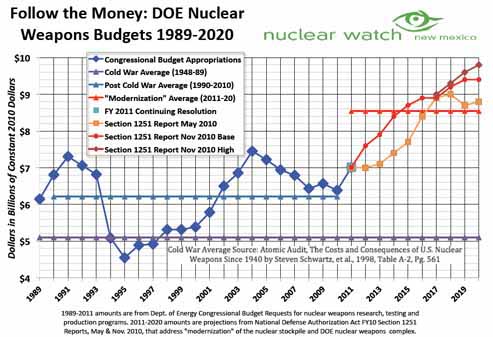2023 News Articles – All Posts
Nothing Found
It seems we can’t find what you’re looking for. Perhaps searching can help.
2022 Select Highlighted Press Items
Nuclear Modernization is the ’Absolute Minimum,’ STRATCOM Commander Says | March 8, 2022
US tested hypersonic missile in mid-March but kept it quiet to avoid escalating tensions with Russia | April 4, 2022
Putin’s Nuclear Threats Are a Wake-Up Call for the World | March 15, 2022
Intelligence report determines that Russia's WMD threats will grow as losses mount in Ukraine | March 19, 2022
China and the United States: It’s a Cold War, but don’t panic | March 10, 2022
Russian military doctrine calls a limited nuclear strike “de-escalation.” Here’s why. | March 8, 2022
North Korea says it will strike with nuclear weapons if South attacks | April 4, 2022
Flying Under The Radar: A Missile Accident in South Asia | April 4, 2022
2022 News Articles
Massive Upgrade For B-2 Stealth
Air Force officials have started planning a ten billion dollar modernization of the B-2 stealth bomber fleet to include a new receiver using VLF waveform technology that allows the bomber to receive messages in the event of a high altitude electromagnetic pulse, and outfitting the aircraft for next-generation digital nuclear weapons such as the B-61 Mod 12 with the new tail kit, and Long Range Stand-Off weapons- (air-launched nuclear cruise missiles).
From Military.com
U.S. Nuclear Weapon Plans to Cost $355 Billion Over a Decade
“The Obama administration’s plans for the U.S. nuclear weapons complex, including modernization of bombs, delivery systems, and laboratories, will cost the country about $355 billion over the next decade, nearly $150 billion more than the administration’s $208.5 billion estimates in a report to Congress last year; since the modernization effort is just beginning, costs are expected to greatly increase after 2023.”
See also Are New Nuclear Weapons Affordable?
GAO: Accounting Problems at DoD so Significant that a Federal Audit Cannot be Done.
WASHINGTON (January 17, 2013) – The U.S. Government Accountability Office (GAO) cannot render an opinion on the 2012 consolidated financial statements of the federal government because of widespread material internal control weaknesses, significant uncertainties, and other limitations.
As was the case in 2011, the main obstacles to a GAO opinion on the accrual-based consolidated financial statements were:
Serious financial management problems at the Department of Defense (DOD) that made its financial statements unauditable.
The federal governments inability to adequately account for and reconcile intragovernmental activity and balances between federal agencies.
The federal governments ineffective process for preparing the consolidated financial statements.
Cost Comparison Debunks LANL’s Outrageous Cleanup Estimate
Can it possibly cost $29 billion to clean up 51 acres? (That’s $568.6 million per acre!) The answer is yes if the estimate comes from Los Alamos National Laboratory.
NukeWatch has run cost comparisons between the estimate for Area G and two other excavation projects at the Lab. At six acres, excavation of Materials Disposal Area B is almost complete, so we have hard costs. (It is around $22.7 million per acre.) An evaluation of Materials Disposal Area Cwas released this September. The estimated costs for excavation of the 11.8-acre site came out to be $66.7 million per acre. View the cost comparison
Follow the Money
A chart of Energy Department Weapons Activities Budgets compared to the average spent during the Cold War. Is this the direction we want spending to go for Nuclear Weapons?
Nuclear News Archives – 2021
Nothing Found
It seems we can’t find what you’re looking for. Perhaps searching can help.
Nuclear News Archives – 2020
Nothing Found
It seems we can’t find what you’re looking for. Perhaps searching can help.
Nuclear News Archives – 2019
Nothing Found
It seems we can’t find what you’re looking for. Perhaps searching can help.
Nuclear News Archives – 2018
Nothing Found
It seems we can’t find what you’re looking for. Perhaps searching can help.


